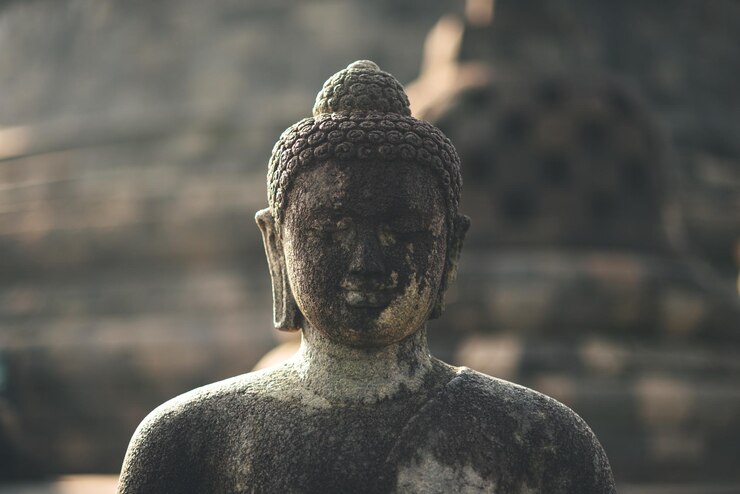welcome
Buddhist History
Buddhism in Sri Lanka
A Short History

State of Sri Lanka before the Introduction of Buddhism
Buddhism was introduced to Sri Lanka in 236 b.e. (cir. 250 BCE)[1] and became the national religion of the Sinhalese from that date. It is, however, necessary for a proper study of the history of Buddhism in the island to consider the state of the island and its social and political developments and the culture and character of the people immediately preceding this period. This will enable us to get a clear understanding of the manner in which such a far-reaching revolution in the beliefs, manners, customs and character of a people was effected by the introduction of this new religion and the progress in literature, art and culture that has been manifested through its influence.
Pre-Buddhist Religion in Sri Lanka
It is evident from the chronicles relating the early history of Sri Lanka that before the introduction of Buddhism in the reign of King Devaanampiya Tissa (250-210 BCE) there was no single religion which was widely accepted as the national religion of the country. Nevertheless, there was a wide range of religious beliefs and practices, different from one another, and each individual seems to have freely observed his religion according to his belief.
A noteworthy feature of the pre-Buddhist religion of Sri Lanka is that it was a mixture of the aboriginal cults and the beliefs of the aryan newcomers.



Arrival of Mahinda
Thus on the full-moon day of the month of Jettha in the year 236 b.e. (i.e., 250 BCE) Mahinda and his companions, departing from Vedisagiri, rose up in the air and alighted on the Silakuuta of the pleasant Missaka hill, presently Mihintale, eight miles east of Anuraadhapura. The thera alighted here for he had perceived that he would meet the king there on that day.
The first meeting of the king of Lanka and the thera Mahinda is graphically described in the chronicles of Sri Lanka. The full-moon day of Jettha was a day of national festival in Lanka. Men and women were engaged in amusing themselves. The king with a large party of followers went to Mihintale hills on a hunting expedition. There he saw the theras with shaven heads dressed in yellow robes, of dignified mien and distinguished appearance, who faced him and addressed him not as ordinary men addressing a king but as those to whom a king was their inferior. The conversation impressed the king and his immediate surrender to the wisdom and piety displayed by the thera was complete. Mahinda Thera in reply to the king's inquiry as to who they were and whence they had come, said:
Progress of Buddhism in Lanka
Devaanampiya Tissa ruled in Sri Lanka for forty years. It was in the first year of his reign that Buddhism was introduced and from that time the king worked for the progress of the new faith with great zeal. Apart from the Mahaavihaara, the Cetiyapabbatavihaara, the Thuuparaama and the Sacred Bodhi Tree, he established numerous other monasteries and several Buddhist monuments. The chronicles mention that he built monasteries a yojana from one another. Among these monuments the Isurumuni-vihaara and the Vessagiri-vihaara are important centers of worship to this day. He is also credited with the construction of the Pathamaka-cetiya, the Jambukola-vihaara and the Hatthaalhaka-vihaara, and the refectory.
Thousands of men and women joined the Order during his reign. The king not only built vihaaras for their residence but also provided them with their requisites. It was not only in the capital city that Buddhism spread in his reign but even in distant regions like Jambukola in the north and Kaajaragaama and Candanagaama in the south.


